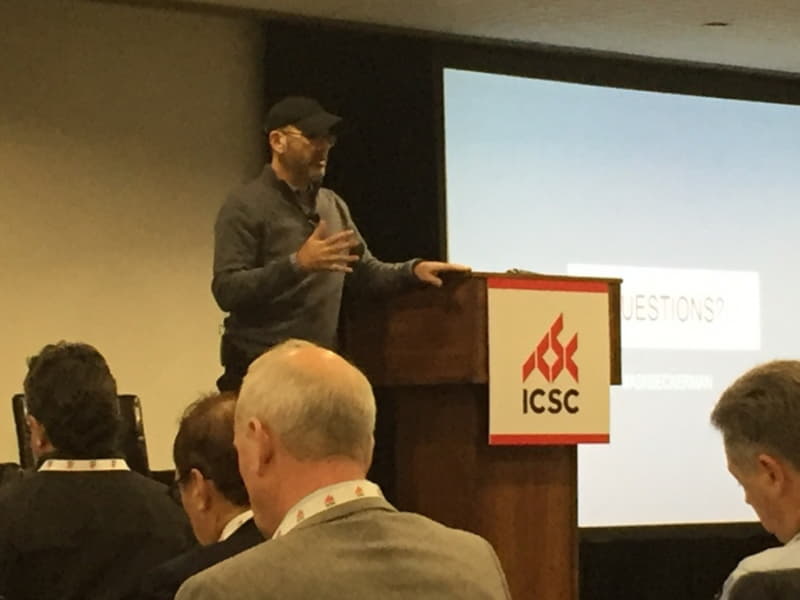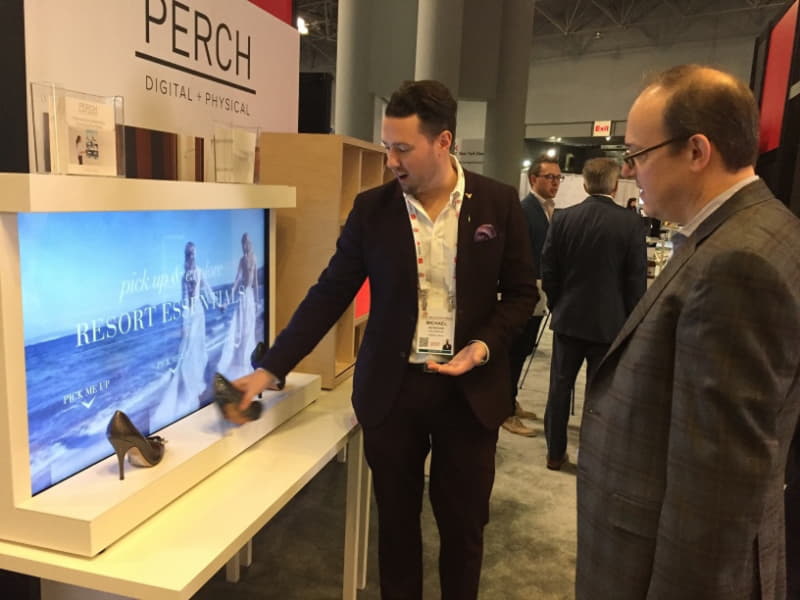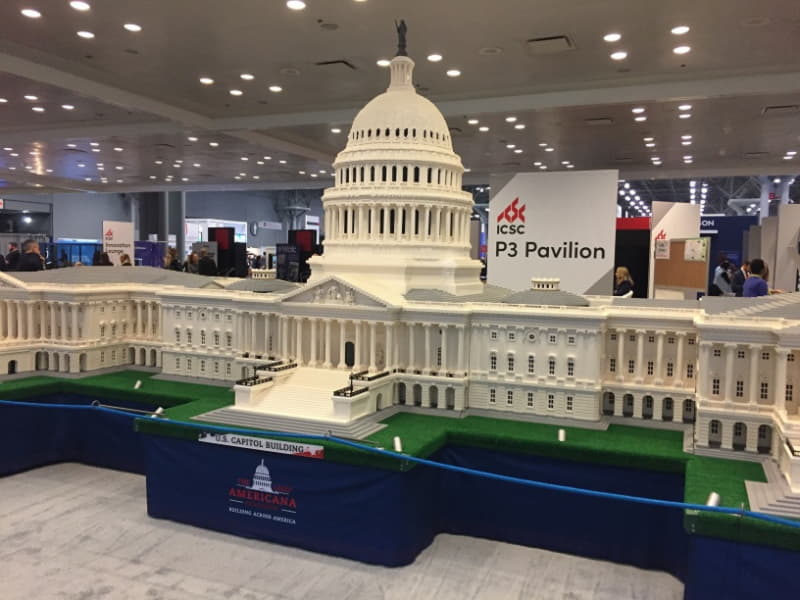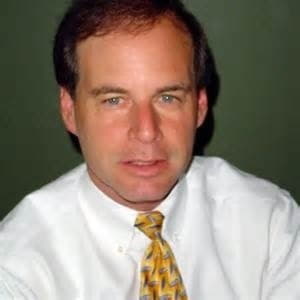
The refrain of the day during Wednesday’s session of the New York Deal Making Conference, sponsored by the International Council of Shopping Centers, and attended by more than 9,000 developers, retailers and assorted professionals was "disruption." The consistent use of this word by different panelists, featured speakers and in general conversation was almost eerie as various companies, technological advances and emerging trends continue to disrupt the retail industry. But rather than viewing these disruptors as negative, in every instance the trends were considered meaningful opportunities for individuals to take advantage of.
“The most significant disruptor facing society in general is driverless cars,” stated Michael Beckerman, Founder and CEO of The News Funnel, and a long-time public relations professional. “Actually, driverless trucks are coming first but the car version will make urban planners lay out cities in a different manner, shopping patterns will evolve and parking lots will have to be reimagined. This reality is arriving faster than people realize."

Michael Beckerman
“We are already designing parking lots without sloped floors and making the ceilings flat,” explained Bob Northfield, Principal of BCT Architects during a conversation on the showroom floor. “This is because our clients foresee the rapid decline in the use of automobiles and envision secondary uses of these structures such as office buildings or residential projects.”
"I have a bet with my wife about whether or not our young daughter will ever have a driver's license," said Paul Kang, Vice President, Acquisitions for Continental Realty Corporation who was attending the conference to seek out new shopping centers. His view of disruption involved the changing face of retailers with strong movement to service-related merchants. "Approximately fifty percent of our retail portfolio is comprised of service retail, such as gyms, hair salons and restaurants. This is good for us. The most important thing is acquiring good underlying real estate."
At the luncheon panel that focused on “retail in the age of Amazon,” moderator Scott Galloway, a professor of Marketing at NYU School of Business referred to the entity as “that company in Seattle” and coined it the “most disruptive organization” in our midst. “Amazon has its roots in the retail industry so are operating in its backyard,” Galloway said.“and has been successful in forcing companies to find new models to survive.”

However, Panelist Barry Beck, founder of cosmetic company Bluemercury, believes his organization is Amazon-resistant and pointed out that a physical presence still matters to consumers as evidenced by the fact that Amazon itself is opening up stores.”
“Among our competitive advantages is our bricks and mortar stores,” explained Beck who indicated the company has grown by forty stores in the past year (for a total of 160), with continued expansion at this pace expected to continue. “The cosmetic industry is advice-driven, with more than fifty percent of consumers entering our store looking for guidance on what to purchase. Additionally, less than twenty percent are looking for a particular brand. They want to be educated on our products which is not something easily replicated on the Internet. He later referred to his employees as “human Googles” for their ability to impart knowledge to the customer and influence buying decisions.
“Our success is dependent on finding the right real estate. We would rather choose wonderful real estate at fair prices, than fair real estate at a wonderful price. Our industry is being disrupted by the male consumer that have discovered our products with shaving cream, gels, skin moisturizer and specialty shampoos. We had one female consumer complain to us that her supply of creme de la mer was decreasing faster than normal. She later uncovered her husband as the culprit.”
Beckerman dished out advice to those that are afraid of all the disruptive forces. “Embrace what is happening,” he instructed the audience at The Jacob K. Javits Convention Center. “Find out what tools you can use that will make you more competitive than the next person. Never sit still or stop learning. Someone else is working towards this goal and it is critical to keep pace.”
He illustrated this seismic shift in the real estate industry by explaining that “millennials want no part of stuffy corporate offices but, instead, yearn to be part of a community. The quicker that developers recognize this fact, the better. Buildings will become social hubs and amenity-rich with culture and food becoming the core.”
News and Notes
Tom McKee, President and CEO of ICSC was the voice of optimism at the Wednesday luncheon by offering these industry numbers.
- The industry have achieved 3.8% year-over-year growth.
- 87% of all shoppers that made purchases during the first holiday weekend did so at a physical presence
- 69% of all consumers making a “click and collect”transaction also made an additional buy at the store
- 46% of all shoppers dined and 21% watched a movie while visiting a shopping center during Black Friday weekend
Perch Interactive exhibited their new display that provides customized product information when a consumer engages in the display (such as lifting a shoe as shown in this picture). “Lenovo was able to sell more than 70% more computer laptops using this exhibit,” explained Michael Botefuhr, adding, “the display provides a significant educational component.”

Oath Pizza, who indicated they were “the only sustainable-sound” concept in their category, was gathering a small crowd eager to sample its free pizza slices (free food is always a hit among hungry attendees). With eight locations in Boston, Washington, D.C. and New York, among its secrets is the process of dipping the pizza crust in avocado oil.

Lego Americana Roadshow displayed its all-Lego-built United States Capitol which, in addition to other US monuments, the company takes to malls across the country as a traffic-builder. We asked the obvious question and received this answer from Rich Henaghan of Creatacor. “It took 1700 man hours and eight people to build,” he said.

Lego US Capitol

Larry Lichtenauer, Founder and President of Lawrence Howard & Associates, Inc., a full-service communications and public relations firm, reports on ICSC events three times each year.















